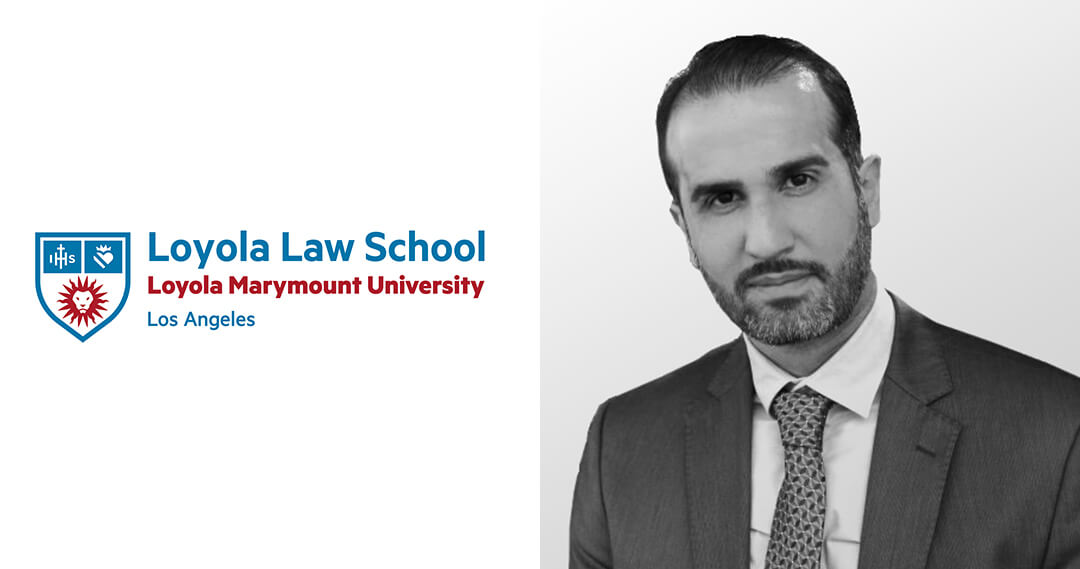
Power. Identity. Fairness.
The Caster Semenya case has shaken the foundations of sports law and human rights.
Ready to unpack what the ECtHR’s Grand Chamber ruling really means?
📌 ECtHR’s grand chamber judgment in the caster semenya case
🌍 In our latest MatchPoint Talk with legal scholar Faraz Shahlaei (Loyola Law School, Los Angeles), we explored one of the most debated decisions in recent years.


The Caster Semenya ECtHR ruling handed down by the Grand Chamber of the European Court of Human Rights (ECtHR) marks a pivotal moment in the evolving intersection between sports law and international human rights. In a compelling session hosted by Sports Law Hub, Faraz Shahlaei, professor of law at Loyola Law School (Los Angeles), unpacked the implications of this historic case for athletes, governing bodies, and legal systems worldwide.
Caster Semenya, a South African Olympic champion, challenged the eligibility rules imposed by World Athletics (formerly IAAF), which required female athletes with differences in sex development (DSD) to undergo medical treatment to reduce testosterone levels. After exhausting legal avenues in Switzerland, Semenya brought her claim to the ECtHR, arguing that these rules violated her rights to privacy, non-discrimination, and health.
According to Shahlaei, the Caster Semenya ECtHR ruling is groundbreaking because it placed a private sports regulation at the apex of the European human rights system. The case journeyed from the Court of Arbitration for Sport (CAS) to the Swiss Federal Supreme Court and finally to the ECtHR, reflecting how “private regulations can result in public human rights consequences.”
Shahlaei described the case as a “legal rollercoaster,” especially due to the ECtHR’s complex jurisdictional analysis. Initially, the Court’s Third Section ruled in favor of Semenya, finding violations of Article 8 (right to privacy), Article 14 (non-discrimination), and Article 13 (effective remedy).
However, when the case reached the Grand Chamber, the ECtHR took a different route. The Court denied jurisdiction over these articles, arguing that Switzerland lacked sufficient territorial connection to the alleged rights violations. Instead, the judgment focused solely on Article 6 (right to a fair trial), ultimately finding that Switzerland had failed to provide Semenya with an independent and impartial tribunal in CAS proceedings.
As Shahlaei pointed out, this procedural limitation “rolled back” the earlier victory on substantive rights, but the Grand Chamber still ruled in favor of Semenya on fair trial grounds, which he called “a huge step forward” for athletes facing compulsory arbitration.
One of the most striking aspects of the presentation was Shahlaei’s emphasis on the lack of structural independence of CAS. Together with other legal scholars, he intervened as a third party in the proceedings to highlight that the Court of Arbitration for Sport may not meet the standards of independence and impartiality required under the European Convention on Human Rights.
While the Grand Chamber did not formally rule on this issue, its detailed analysis hinted at deep concerns. “Paragraphs 200 to 204 of the judgment,” Shahlaei noted, “strongly suggest doubts about whether CAS can be considered structurally independent.” This signals a growing judicial appetite to scrutinize the governance models of sports arbitration bodies.
Another key theme in the Caster Semenya ECtHR ruling is the balance—or conflict—between fairness in sport and individual human rights. Shahlaei explained that while earlier tribunals, like CAS and the Swiss Federal Court, prioritized the “fairness of competition” as justification for DSD rules, the ECtHR’s Third Section found that such measures constituted unlawful discrimination.
The Grand Chamber, however, took a more nuanced view. It acknowledged that these rules might pursue a legitimate aim, such as maintaining fair competition, but concluded that their impact on athletes’ physical integrity and privacy rendered them disproportionate. This proportionality analysis allows for the possibility that such rules might be upheld in other contexts if they are designed and applied differently.
Ultimately, the Caster Semenya ECtHR ruling creates a precedent that reaches beyond athletics. As Shahlaei stated, the decision opens a new legal chapter where human rights obligations apply to private sports bodies via state responsibility. This means national courts—and possibly supranational courts—can be held accountable for failing to scrutinize the human rights impacts of private regulations.
For sports lawyers and human rights advocates alike, the ruling sends a strong message: regulatory autonomy in sport is not absolute. Where there is interference with bodily autonomy, privacy, or equal treatment, legal accountability follows.
We would like to extend our sincere thanks to Professor Faraz Shahlaei for sharing his in-depth legal analysis and clear insights into such a complex and significant case as that of Caster Semenya. His contribution added valuable depth to the ongoing discussion at the intersection of sport and fundamental rights.
We invite you to follow us on our channels to stay updated on upcoming MatchPoint Talk sessions—live conversations where extraordinary debates unfold with diverse voices from across the sports industry. Sports law is shaped not only in courts, but through critical dialogue and shared expertise.